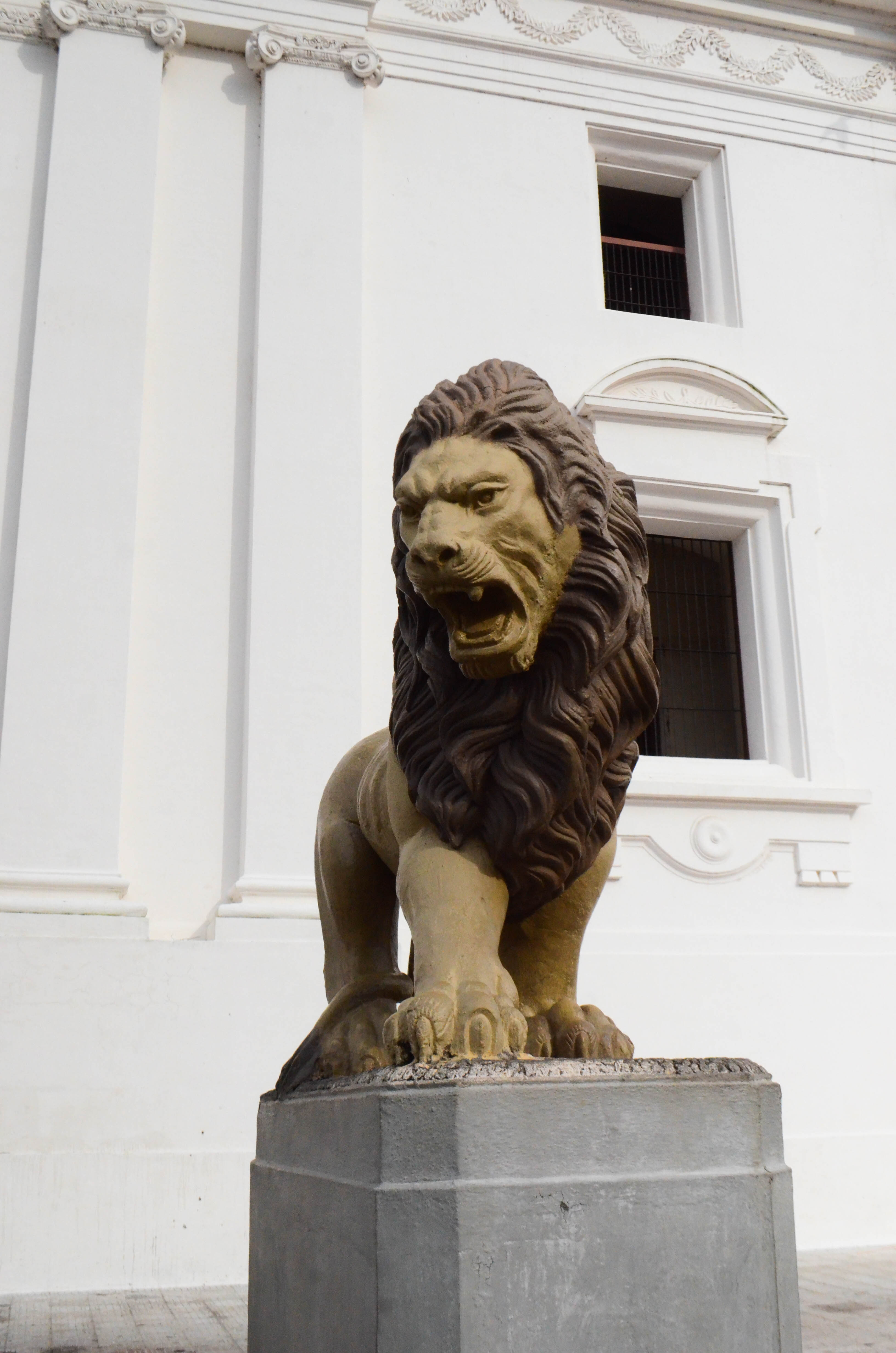Leon, Nicaragua: A Day in the City of Lions
Leon, Nicaragua: A Day in the City of Lions
In mid-November, my classmates and I went on a field trip to the vibrant country of Nicaragua, and there we were able to spend a day in the stunning city of Leon. Yes, only a day, but it only took 24 hours for me to fall in love with the city.
Catedral de la Asuncion de Mary
We began our day with a lunch in the city’s main square before taking part in a walking tour. The first stop on our tour was the Cathedral of Leon, or as it’s officially known, the Real and Renowned Basilica of the Assumption of Mary. This cathedral is the largest in all of Central America, and it is one of the most beautiful structures I have ever seen.
The inside features high ceilings painted in bright whites, along with intricate statues and paintings.
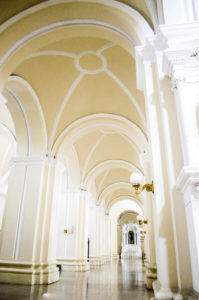
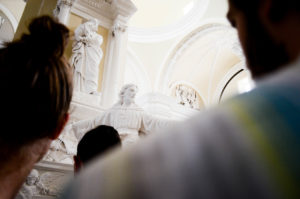
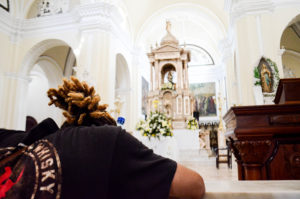
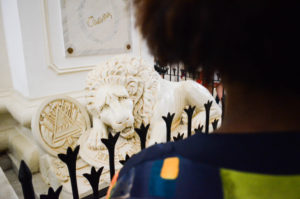
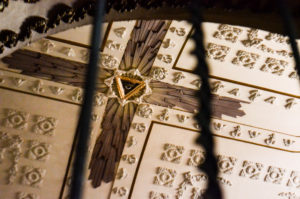
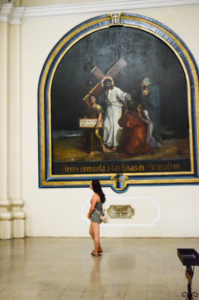
The church provided refuge for the Sandinistas during the revolution against the Samosa dynasty. At the time of the war, the church’s facade was riddled with bullets as soldiers as young as 10 hid in the naves with their rifles. One of our tour guides hid in this very church at the age of 13. Additionally, this church is officially a basilica, meaning it was given certain privileges by the pope. Pope John Paul visited this church in 1983 and granted the grand church its title.
A Must See: the Roof of the Basilica
Furthermore, visitors can go to the roof of the church. It is here that they can look out over the entire city and marvel and the beauty of the white domes. It also happens to be one of the best locations anywhere for an impromptu photoshoot.
We were only up there for a meagre twenty minutes, but I promised my classmates that I would be a photo slave for the entire time. As a result, I captured these photos that I am absolutely in love with.
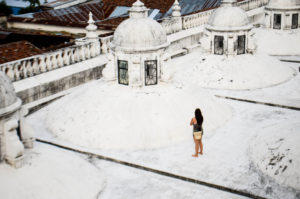
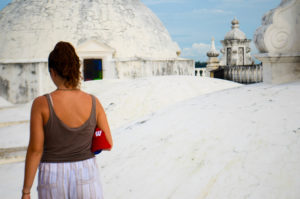
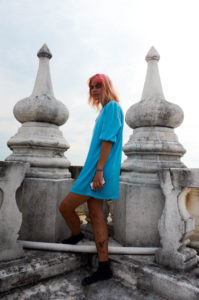
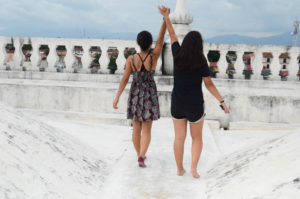
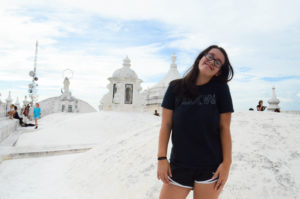
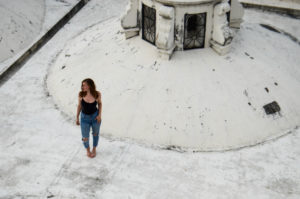
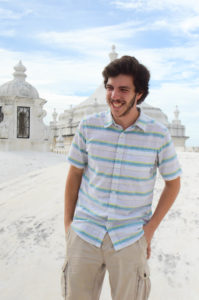
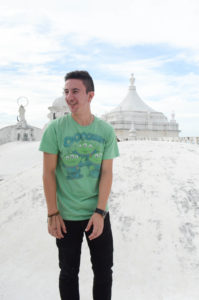
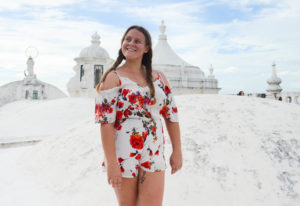
But, never fear, I managed to get someone to take photos of me!

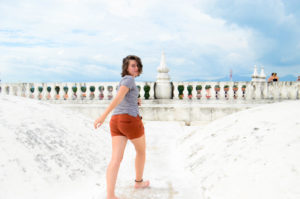
Oh, and as for why we’re all barefoot, visitors are required to remove their shoes in an attempt to preserve the beauty of the white paint.
After being unwillingly dragged off of the roof of the church, we continued through the square. It was here that our tour guide was stopped by national police. This is a common occurrence as tour guides and any individual presenting information to tourists often have their identification and credentials checked.
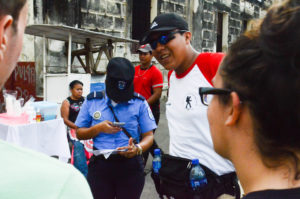
We also witnessed police taking notes while lecturers talked to us about Nicaraguan history and different issues the country faces in order to keep tabs on what people are saying about the government. It was jarring when speakers would suddenly take a left turn into extolling their government and censoring their words.
Some important facts for you…
Nicaragua is led by President Daniel Ortega. But, just to throw some education and awareness into this blog post, here’s a spoiler alert. Ortega is without a doubt a dictator. He is the President, his wife is the Vice President, and he has altered the constitution so that he can be president indefinitely.
Anyways, back to our regularly scheduled programming.
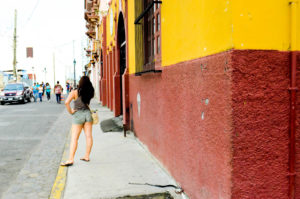
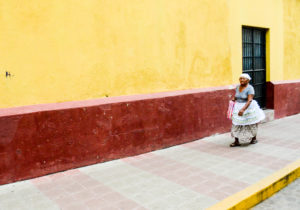
This brightly colored building is where the national university of Nicaragua was founded, and yet another building riddled with bullet holes from violence from the revolution. From there, we went on to the Museum of Legends and Traditions.
On our way there, a man stopped us on the street and asked to recite a poem for us by famous Nicaraguan poet Ruben Dario. The poem was given in Spanish, but we were able to grasp that it spoke of love and loss.
At the Museum of Legends and Traditions, we were able to see the creative cruelty of the Samosas. The Samosas are a father and two sons that ruled Nicaragua with iron fists from 1937 to 1979.
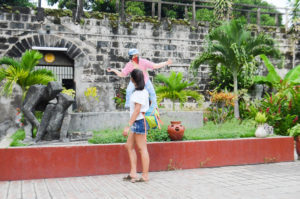
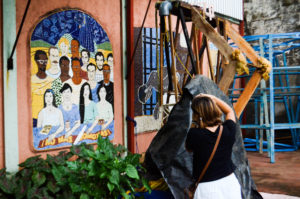
A Quick History Lesson:
It was here that political prisoners were kept in cramped rooms and tortured for information. Tour guides described to us men being strung up on large trees and beat like pints until they relinquished information or the torturers released the candy on the inside. Sorry to be graphic, but this was the reality of Nicaragua for decades. And it didn’t end in 1979. Yes, a new government took over, but in 1980 began the Contra war, where U.S. funded militants fought to take down the new government until 1990. This is my super short attempt to provide insight into Nicaraguan history, but it’s important to know the impact the United States has had on other countries such as this one.
The founder of the museum also wanted to bring beautiful aspects of Nicaraguan culture to such a dismal place, so some of the rooms contain hand-made dolls depicting Nicaraguan fashion and popular dances. It’s a jarring difference from room to room, but actually kind of nice.
Then, we ended the tour with traditional Nicaraguan foods, such as the cacao drink, corn bread (it was gluten free!), and fruit salad.
Attempting to Escape Street Children
After the tour, we were given free time to venture the main square only a block away from our hotel, Hotel Austria. My roommate, Alona, and I set out for the square in search of smoothies, and we came across some children in the street armed with drums and a giant doll thing. Apparently the children of Leon will often gather into small groups each night to perform for money from tourists. Our tour guide said he did this as a kid and could make upwards of $50 a night. This is more than most Nicaraguans make in much longer periods of time
The children we came across formed a blockade in the street and begged us in weepy Spanish for money. We pleaded with them to let us through, saying that we needed to eat dinner and would return after. My Spanish was pretty dang good with the kids, but it did nothing to get me past them. So, we forked over some Nicaraguan cordobas and requested a photo in return.
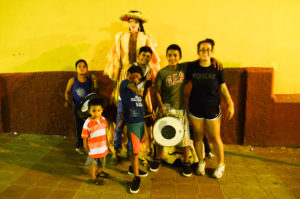
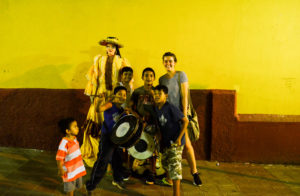
They’re convincing little buggers, I’ll give em that. I feel like we made out pretty well considering I saw a group of my classmates being chased down the street by one of these groups. Imagine an almost 7 foot doll running at you. No thanks.
Anyways, after evading more of these groups and finding candy, we turned in for the night.
A Morning Walk
The next morning, Alona and I strolled through the square and surrounding areas. The streets were filled with school children in uniforms, and the market behind the church was bustling.
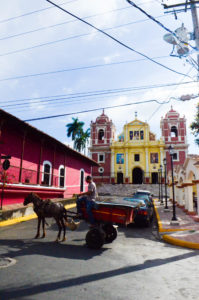
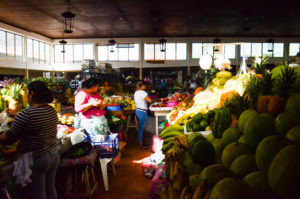
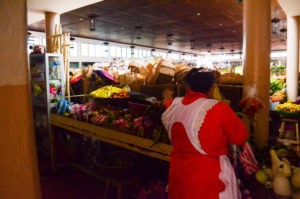
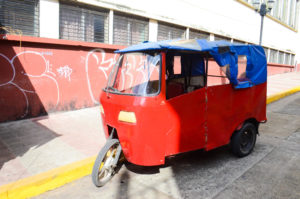
Unfortunately, our walk was the last of our time in Leon. If I had my way, I would have spent a couple more days in Leon – it is one of the most beautiful cities I have visited so far, and it is also rich with history. If you ever find yourself in Nicaragua or Central America, put Leon at the top of your list.
